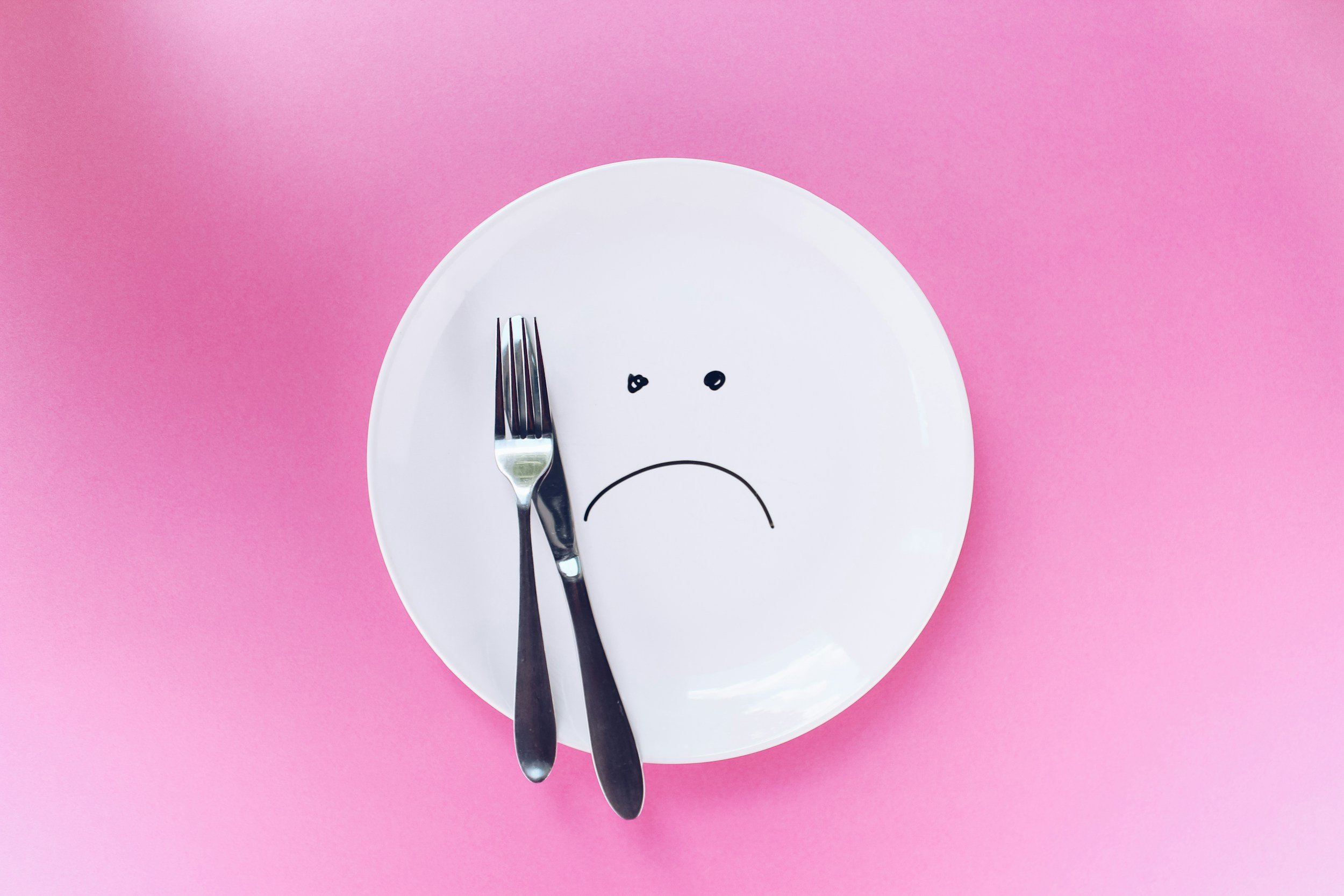
Diet for Lyme Disease
Lyme disease and diet/nutrition
Lyme disease can impact the body in many ways, and proper nutrition is crucial for supporting the immune system and overall health during recovery. A diet that focuses on whole, nutrient-dense foods can help to reduce inflammation and support healing. Incorporating anti-inflammatory foods such as leafy greens, berries, and fatty fish can be particularly beneficial. It's also important to avoid processed and sugary foods, which can contribute to inflammation and weaken the immune system. Additionally, some people with Lyme disease may have food sensitivities, so it's important to work with a healthcare provider or nutritionist to determine any necessary dietary restrictions. By focusing on a balanced and nutrient-rich diet, individuals with Lyme disease can support their body's healing process and improve their overall health and well-being.
Everyone has different diet restrictions but these are general foods that can cause issues with Lyme.
Steps for improving your health:
A note about gluten:
Oftentimes, people with Lyme are told not to eat gluten since Lyme will attack the gluten in your system. Be aware that these processed foods contain just as much sugar as regular wheat products, which your Lyme will love! Watch how you react when eating gluten free processed products. They may not be worth your eating time.
What is a nightshade vegetable?
Tomatoes, potatoes, eggplants and peppers are members of the nightshade family. The compounds in these particular vegetables interact with Lyme and can cause joint pain, inflammation in the muscles, itching, and other reactive symptoms. Avoid these and their “cousins”, like tomato sauce and paprika.
Food and Food Cousins
When dealing with Lyme, it is easy to forget that there are all kinds of what I call “food cousins” that can cause your system distress. If you have an issue with nuts, baking with nut flours may cause you problems. Similarly, rice flour will not be helpful either if you can’t process carbohydrates. Having trouble with fruits? Don’t put that lemon in your water! Lemon is a fruit and will activate those Lyme bugs!
Remember: you need to figure out what your body can handle. Start that food journal today and get healing!
Here are a few books loved by the Lyme community for nutritional solutions.
The Content is not intended to be a substitute for professional medical advice, diagnosis, or treatment. Always seek the advice of your physician or other qualified health provider with any questions you may have regarding a medical condition.



